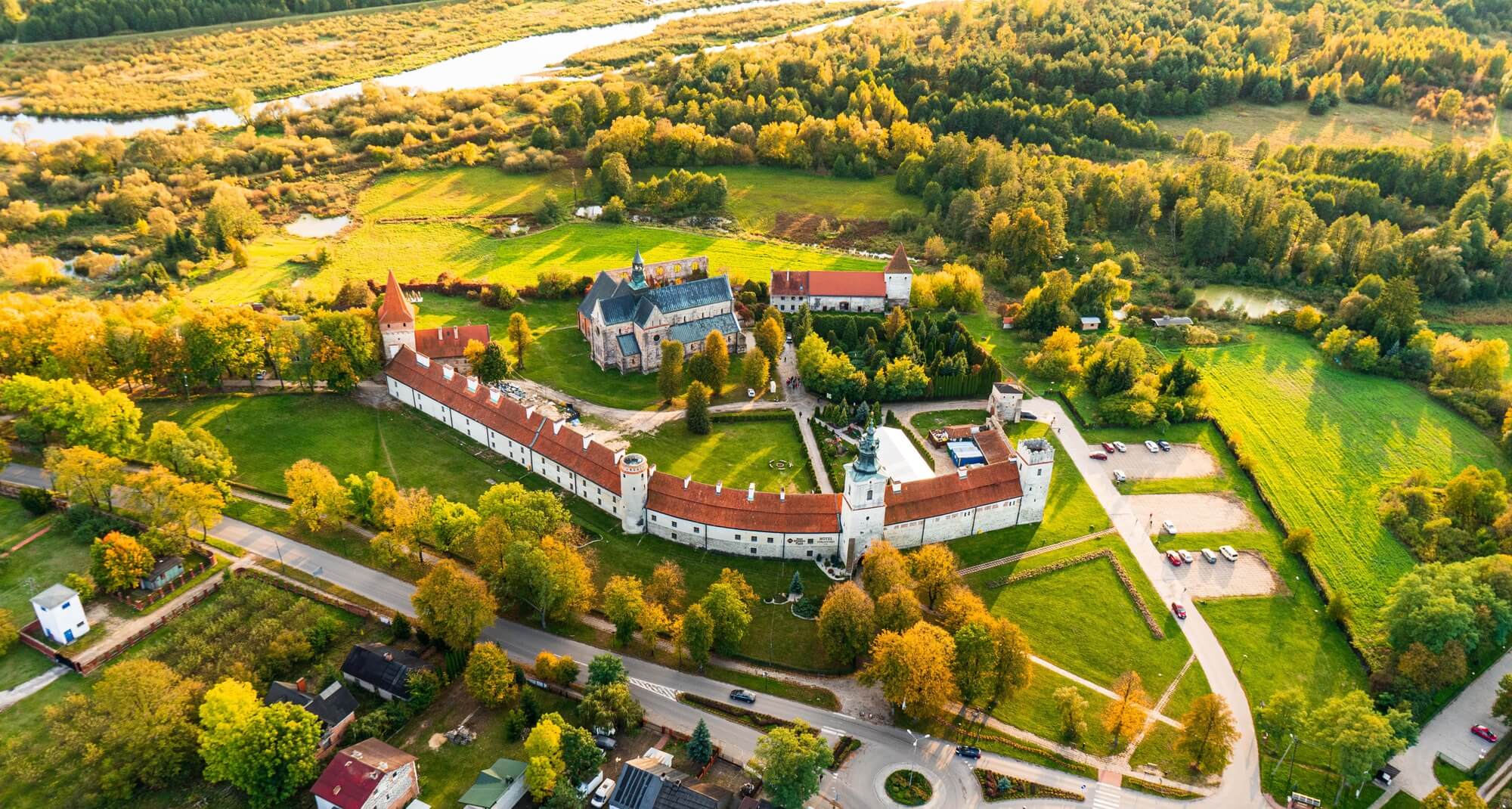A monument of history inside the 12th century Cistercian Abbey in the centre of Poland, where modernity meets the past. We invite you on a journey to the world of nature.


Lose yourself in unbending sensations of Monastery Spa, in the scent of essential oils and herbs as well as relaxing treatments. Enjoy relax of unearthly kind, experience the touch of pure nature and celebrate the true spiritual beauty you have inside.
Modern Spa&Wellness zone with a swimming complex and jacuzzi will allow you to calm your thoughts and surrender to soothing properties of water during a session in the floating pool.
Hotel with attractions for children is a perfect place of rest for a family. For the sake of children and with a view to their parents we prepared many facilities for children in order to ensure safe relax to everyone.


Traditional recipes of the Cistercians with a modern twist, prepared on the basis of regional, ecological products and monastery herbs, create depth of flavours and colours of our dishes.